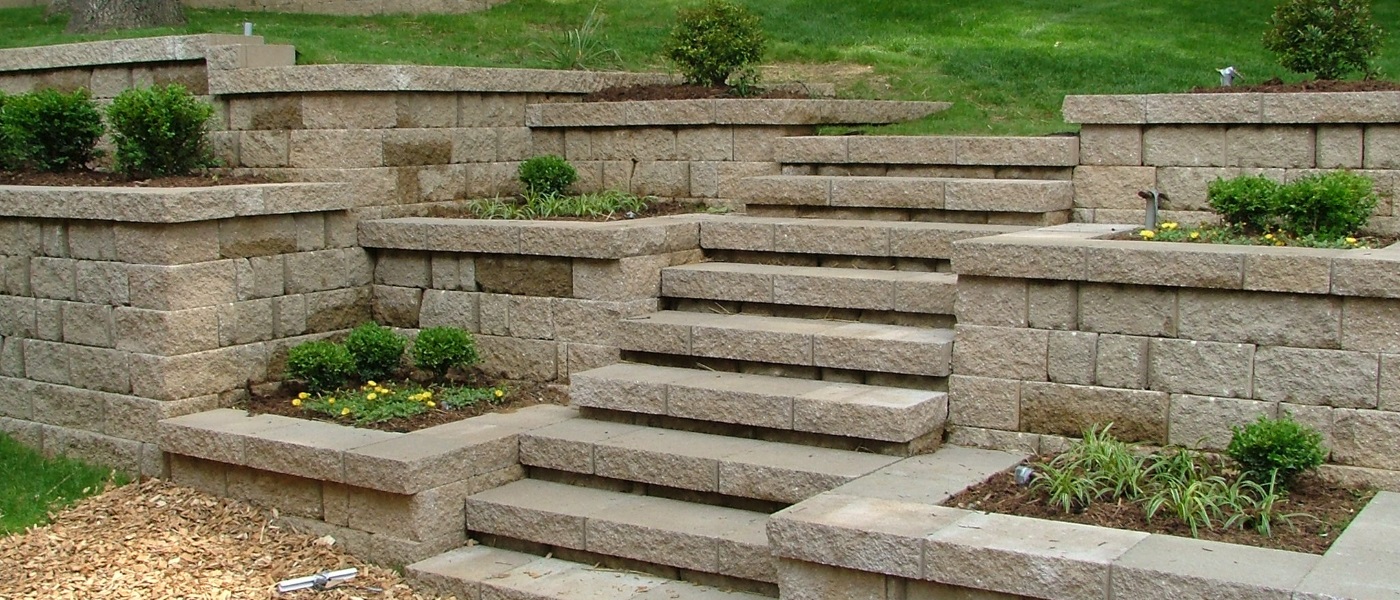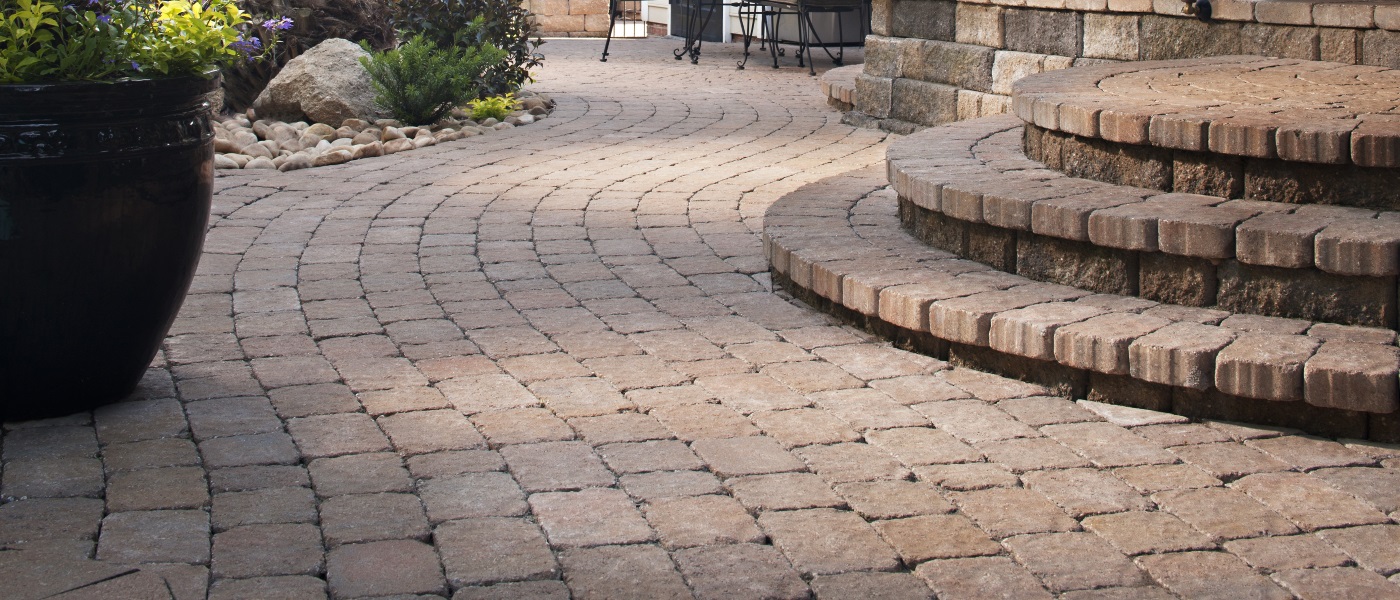BLOCK WALLS
Other Serivces
-

Block Walls
Great walls make great neighbors. We would like to expand on this quote by saying that walls can also add variety and create interest in your home landscape. A decorative seating wall can be the perfect complement to gardens, walkways, patios, outdoor kitchens, and more. Why would you continue to make repairs or replace a wood or cheap looking vinyl fence? Our structural block masons have mastered the fundamental concepts of building a brick, block or stone wall and have added value to this service by offering a variety of new innovative wall systems that will help construct your wall with minimal delays at the best value possible.
How to Build Concrete Block Wall
Masonry block walls or concrete block walls are very common walls offering many advantages. Building concrete block walls is easy but requires patience and precision for a neat project. Here are some steps that you could follow to help you build a concrete block wall. Make sure you have the right block for your product and consider acquiring some standard blocks and half-blocks with square or rounded corners to facilitate the installation process.
First Step: Stake the Wall
Start by marking out the outside of the concrete block wall perimeter. Set the stakes with a rubber a mallet and use a twine line that will help you determine if the lines are straight.
How to Build Concrete Block Wall: Foundation
Prepare a foundation for the wall. Normally foundation for concrete or masonry block walls are made out of concrete and should be at least four inches wider than the width of the block. Allow the concrete foundation to acquire strength. When the block wall is built over an existing concrete slab, make sure that the surface is moist and one-inch bed of mortar has been spread over the footing.
Learn How to Lay Blocks
Start mixing mortar mix as instructed. The first course of blocks should be installed below floor level and inside the foundation trench. This first line of concrete blocks shall rest on top of a layer of mortar mix. Spread mortar along the sides of the block and remove the excess mortar with a trowel.
Repeat until the first course has been installed. Check the course with a level. Then, even it out with a thicker layer of mortar, if it is not. For best result make sure there is a 3/8 inch gap between the blocks. This gap will then become the vertical joint.
Installing the Second Course on a Concrete Block Wall
Repeat the action performed in the previous step to add another course of blocks.
Blocks can be set in such way that will create an interlocking pattern meaning that the ends of one course of blocks sit above the center of the blocks beneath them. Keep installing blocks and try to install no more than six courses per day. Allow the mortar to set completely before continuing to lay concrete blocks. Once the mortar is hard, remove excess mortar and smooth the joints.
How to Cut Concrete Blocks
Concrete blocks at one point will need to be cut so they can be installed in corners and along joints. The best way to cut a concrete block is to use a hammer and chisel to create a line where the cut is desired. This line should be created after you have measured the void on which the block will be installed. Using the hammer chip away the block along the line. Be careful on not to apply excessive force while hammering otherwise the block could be broken into smaller pieces. Continue hammering until the block breaks apart.
Structural Masonry Walls
When the concrete block wall needs to be reinforced then, that is considered a structural masonry wall. Vertical reinforcement can be installed within the block cells and filled with mortar. Horizontal reinforcement might be needed as well, using prefabricated welded wires that are placed along the horizontal joints of in between courses.
The horizontal reinforcement will also prevent or control shrinkage cracking.
When the wall is designed as an exterior wall then another wythe of masonry is recommended. If single wythe exterior walls are to be installed, a barrier should be provided on the exterior surface, such as a fluid-applied, breathable masonry coating or over-cladding (EIFS, metal panels,stucco and similar) to prevent water penetration into the masonry. It could be possible that a second wythe is to be installed to support loads.
Contact Us
5805 White Oak Ave
Ste 18555
Encino, CA 91416
(888) 330-8818
Lic#: 965475
Our Services
Terms and Privacy





